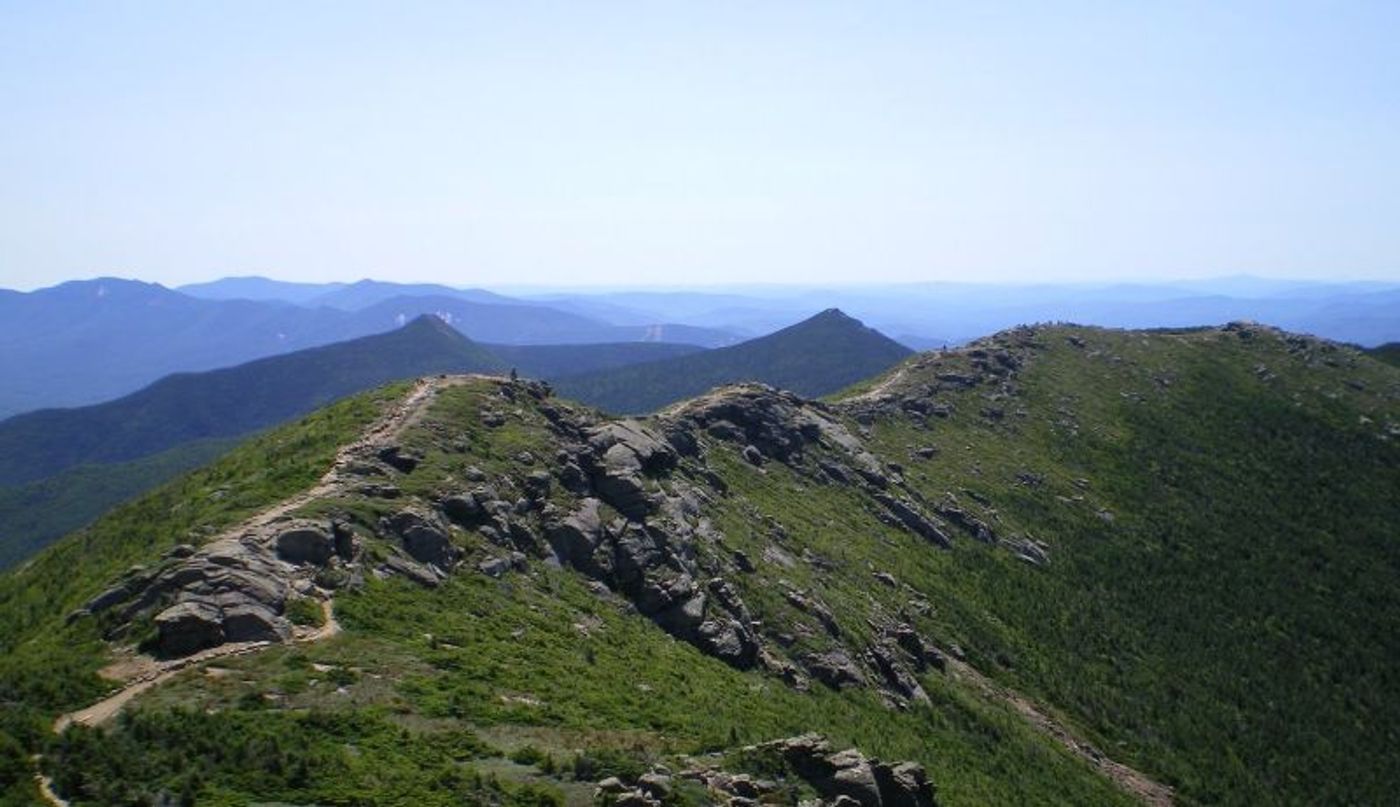Volcanoes in New England?!
Volcanoes in New England?!
Not quite. A new study published in the journal Geology from Rutgers University researchers says that the gigantic mass of warm rock that they found spreading throughout central Vermont, western New Hampshire, and western Massachusetts isn’t likely to turn into any sort of volcanic eruption for millions of years. But their finding, which they’re calling an upwelling, may change the way that geologists have always thought about this corner of the world.
Will New England be joining the world's regions of volcanoes?
Utilizing information collected through EarthScope, an ambitious National Science Foundation database that gathers seismic measurements around the US, the scientists detected the warm area using seismic waves. Seismic waves refer to the vibrations that pass through the planet after an earthquake happens; they can help us understand the shapes of objects and changes in the state of materials because they change depending on what sort of substance they're traveling through. The team discovered the upwelling because the region is several hundred degrees Celsius hotter here than in the surrounding areas.
The term upwelling essentially means a mass of hot rock slowly rising through the Earth's surface. "The upwelling we detected is like a hot air balloon, and we infer that something is rising up through the deeper part of our planet under New England," said lead author Vadim Levin. "It is not Yellowstone (National Park)-like, but it's a distant relative in the sense that something relatively small -- no more than a couple hundred miles across -- is happening."
This is a huge surprise for geologists, given that no seismic activity has happened in New England in over 200 million years. "Our study challenges the established notion of how the continents on which we live behave," Levin said. "It challenges the textbook concepts taught in introductory geology classes."
Levin is referring to the wide-held belief that seismic activity usually takes place only where tectonic plates meet, not in the middle of plates. "We're interested in what happens at the interface between tectonic plates -- thick, solid parts that cover our planet -- and material in the upper mantle beneath the plates," Levin said. "We want to see how North America is gliding over the deeper parts of our planet. It is a very large and relatively stable region, but we found an irregular pattern with rather abrupt changes in it."
But don’t worry New Englanders, the authors say this upwelling is not a cause for alarm and it will likely take millions of years for it to change to affect those of us living on the planet’s surface.
Sources: Newsweek, Futurity, Science Daily, GeoScience World









